By Kathy Mak
When it comes to fruit wines, it seems those made from grapes get most of the love. But in the Fraser Valley, wines made from fruit beyond grapes, especially berries, are thriving and rising in popularity. There are nearly as many non-grape fruit wineries as there are grape-based fruit wineries, and it’s easy to see why when there’s a plethora of berry farms in the region.
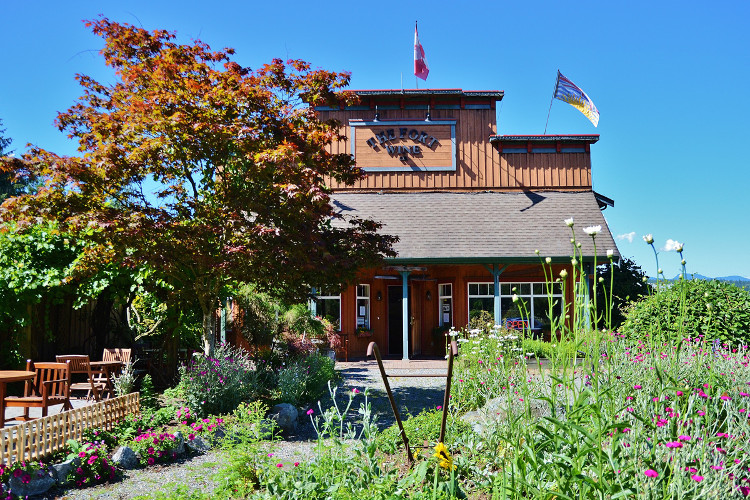
The first berry farm in the Fraser Valley to produce grape-free table and dessert wines was the Fort Wine Co., which started as a cranberry farm. In 2001, their winery opened on the farm and today is one of a dozen wineries, and growing, in the valley dedicated to making berry-driven wines. They are also the only fruit winery in the Fort Langley area. The wine maker, Toby Bowman, takes the lead in producing 10 different fruit wine varieties (5 table wines and 5 dessert wines) from cranberries, blueberries, strawberries, raspberries, blackberries, apples and pears.
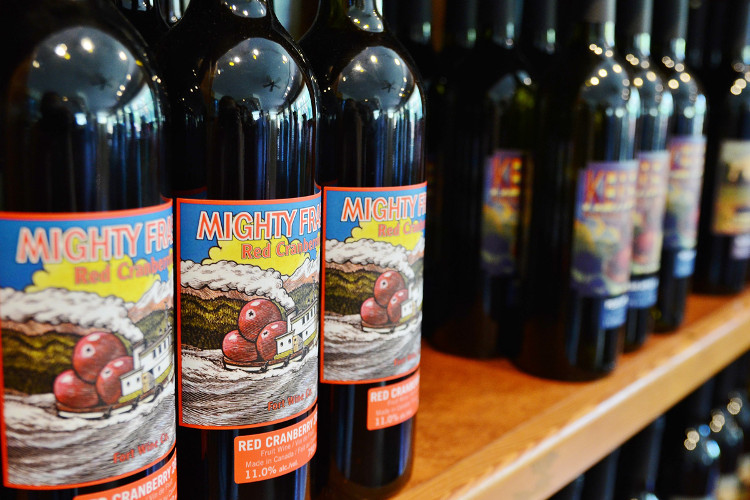
The winery continues to grow cranberries on-site (10 acres) with the majority used for their own wine-making process while sourcing other local fruits for the rest of their portfolio wines. It goes without saying that cranberry wines are the winery’s speciality and are increasingly popular. They produce a red and white cranberry table wine, as well as a cranberry dessert wine.
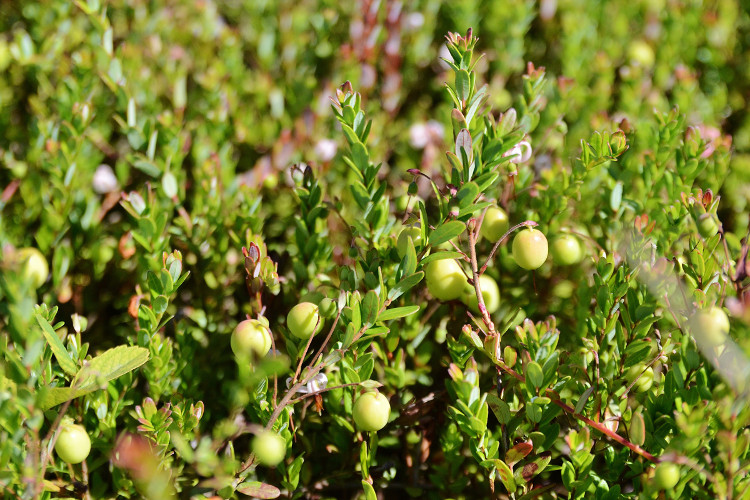
The flagship red cranberry table wine, called the Mighty Fraser, is a tribute of sorts to the original owner, Wade Bauck, who was a tug boat captain and cranberry farmer. The crisp white cranberry table wine is made from cranberries that are harvested before they turn red. Its name, Ghost of the Bogs, reflects the spooky morning fog that often floats over the bogs in the autumn.
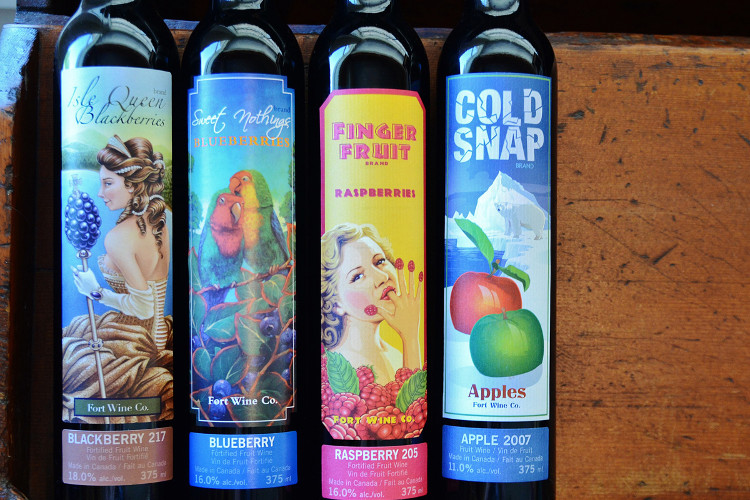
Contrary to popular belief, fruit wines are not necessarily sweet. The fruit table wines of the Fort Wine Co. are pleasantly off-dry and can pair well with a range of dishes. On the other spectrum, the fortified dessert wines – Saucy (cranberry), Finger Fruit (Raspberry), Isle Queen (Blackberry), Cold Snap (Apple) and Sweet Nothings (Blueberry) – are deliciously sweet, emulating the style of ice, sherry or port wines. While all the table and dessert wines have won a medal at one point or another, their richly textured cranberry dessert wine, Saucy, has previously won a Double Gold medal at the All Canadian Wine Championships. The Isle Queen, blackberry dessert wine, is also notable as their only oaked wine (using a ‘bag-of-blocks’ process).
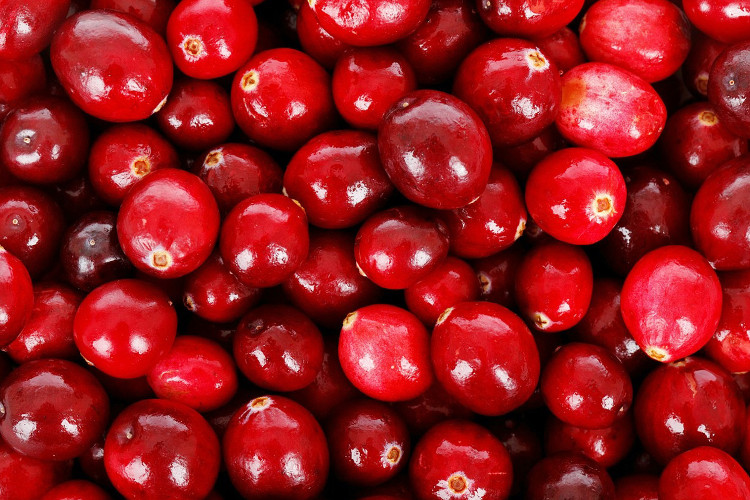
The name, Fort Wine Co., was selected to honour the local history of Fort Langley, sometimes referred to as as the birthplace of British Columbia, and cranberries. They chose their present location in the Glen Valley, about 5 minutes east of the Fort Langley village, because of the area’s rich peat bog soil which is ideal for cultivating cranberries. Historically, cranberries grew wild in the area and were traded by the First Nations for supplies at the first Fort Langley trading post, established by the Hudson’s Bay Company in 1827. At that time, cranberries were highly valued and referred to as ‘red gold’; one pound of cranberries was equivalent to an ounce of gold. Cranberry-filled barrels were regularly shipped abroad because the berries’ high acidity allowed them to last on long voyages and their high vitamin C content helped to prevent scurvy among sailors and gold prospectors.
The traditional link between cranberries and the Fort is celebrated at an annual harvest festival. This year’s 21st Fort Langley Cranberry Festival will take place on October 8th with a day of family-friendly activities, including a market, entertainment, and much more.
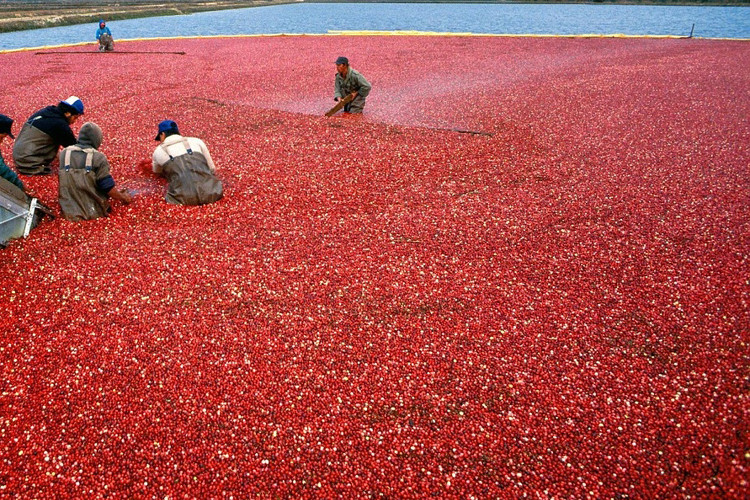
For the Festival, the Fort Wine Co. will have a shuttle running between the Fort Langley National Historic Site and their winery. They are considered the only farm in Langley where visitors can comfortably watch a wet harvest demonstration of the bogs filled with ruby red cranberries. During a harvest, cranberry bogs are flooded with water, and then water reels (affectionately called ‘eggbeaters’) agitate the water to free berries from their vines. As cranberries are naturally buoyant and float on the water’s surface, they can be easily corralled by ‘booms’. Be sure to save the date to join the Festival fun and visit the Fort Wine Co.
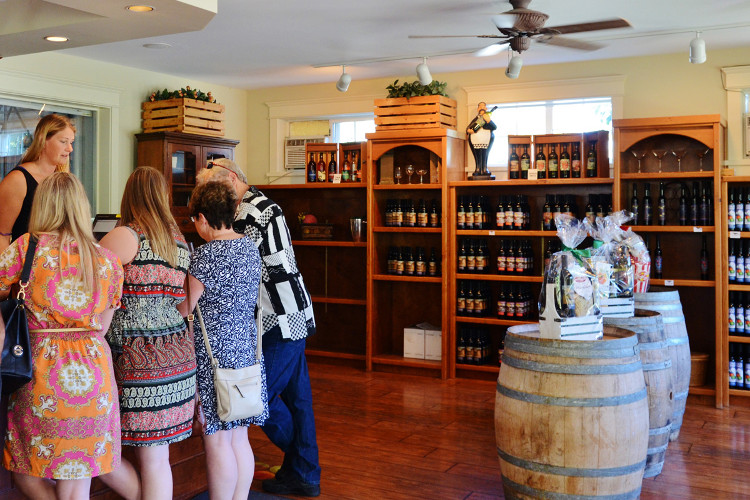
Visitors are always welcome to drop by the winery throughout the year to sample and purchase fruit wines. Their spacious and cozy wine tasting facility includes a bistro area and outdoor patio for enjoying a cheese platter with a glass/bottle of wine or their signature Sangria made with their blueberry Valley Girl table wine. And for the foodies, the winery also sells their own collection of four aged Italian balsamic vinegars that have been infused with berry fruit – cranberries, raspberries, blackberries or blueberries.
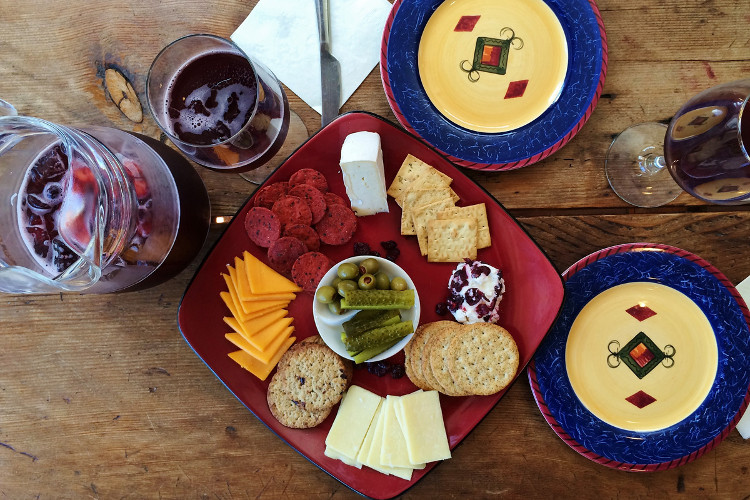
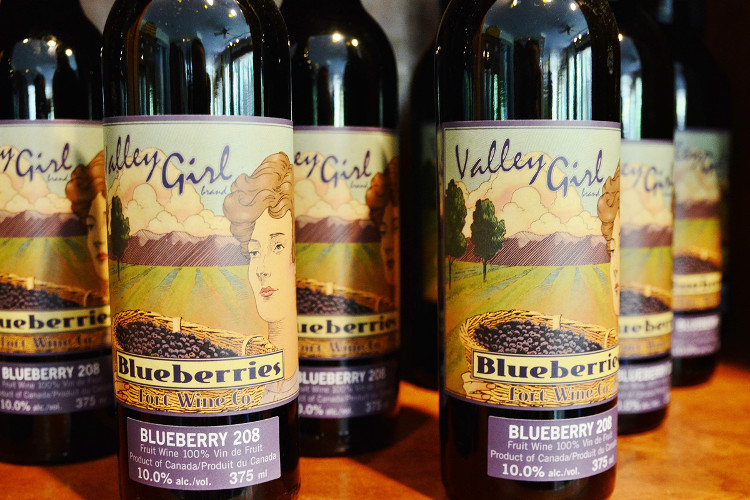
The Fort Wine Co.
26151 – 84th Avenue
Langley, V1M 3M6
604.857.1101
www.thefortwineco.com
Opening Hours:
Summer (May-December): 11:00am-6:00pm, closed Tuesday and Wednesday
Winter (January-April): 11:00am-4:00pm, closed Tuesday, Wednesday and Thursday
Fort Langley Cranberry Festival: Oct 8, 2016, 11:00am-5:00pm. To view the harvest of cranberries on other dates, please contact the winery.
Cranberry Fun Fact: British Columbia is currently the largest producer of cranberries in Canada, according to the B.C. Cranberry Growers’ Association. In global terms, B.C. cranberries accounts for 12% of the North American production and 90% of B.C. cranberries are shipped to the USA.
Fruit Wine Fun Fact: For grape-free fruit wines, a higher volume of fruit is required to produce one litre of wine. Generally speaking, a pound of grapes will produce 1L of wine and 1.5 lbs of other fruits will produce 1L of wine. For cranberry wines, 2 lbs of cranberries are needed to produce 1L of fruit wine.


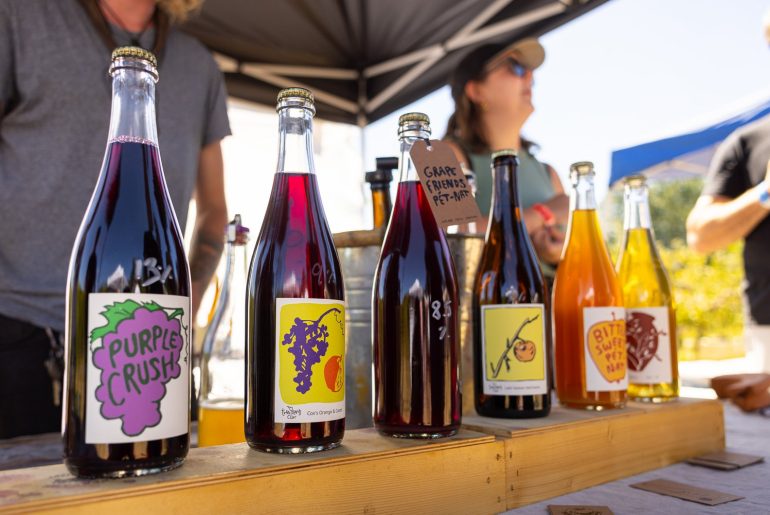


Comments are closed.